Room parent introduction letter template
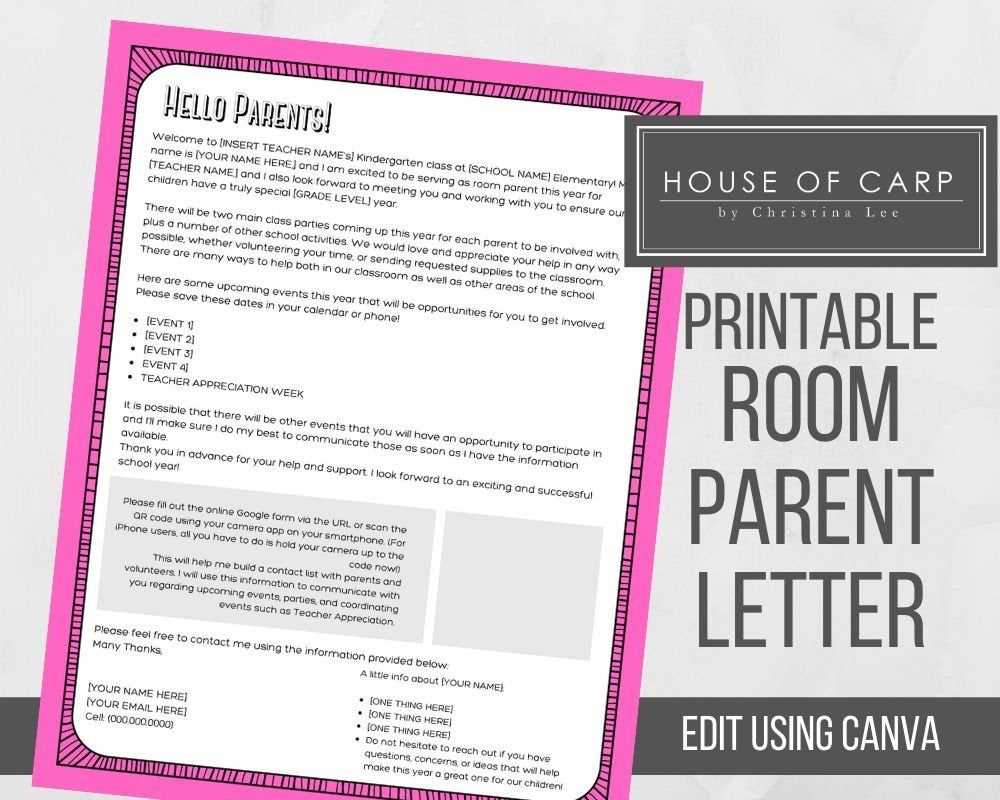
Begin your room parent introduction letter with a warm greeting to the parents, acknowledging their support and cooperation. Express excitement about working together to create a positive experience for their children. Make it clear that you are looking forward to collaborating and maintaining an open line of communication throughout the year.
Next, introduce yourself and share a brief background about your role. Explain your responsibilities, emphasizing your commitment to supporting the teacher and helping organize events. Let parents know that you are available to answer questions and offer assistance as needed, and that you’re eager to make their child’s school year enjoyable.
To conclude, encourage parents to reach out with any concerns, ideas, or offers of help. Share your contact details clearly and express your openness to meeting with them. This will help establish a sense of community and trust from the very beginning.
Creating a Warm and Engaging Opening
Begin your letter by immediately expressing excitement about the opportunity to connect with other parents and be involved in the classroom. Let your tone be warm and welcoming, showing that you are eager to contribute. Acknowledge the importance of building a strong community around the classroom to create a positive experience for everyone.
Personalize the Greeting
Make the introduction feel personal by addressing the reader directly. Instead of a generic greeting, consider using something more inclusive, such as: “Hello, fellow parents,” or “I’m excited to work alongside you all.” This simple touch makes your letter more relatable and approachable.
State Your Role Clearly
Be clear about your involvement, mentioning your role as a room parent and the specific responsibilities you are taking on. This transparency helps manage expectations and lets parents know how you plan to support the class. Don’t forget to include your enthusiasm for being part of the team!
Clearly Stating Your Role and Responsibilities
Clearly outline your specific duties from the start. This helps set expectations and fosters smooth communication. Your role as a room parent might involve organizing events, assisting teachers, coordinating volunteer efforts, and ensuring all parents stay informed. Be explicit about what you will handle and how parents can reach out to you when needed.
Ensure that everyone knows what is within your capacity and where they can contribute. If you are in charge of organizing class parties, specify the dates and tasks you will oversee. If fundraising is part of your role, share clear goals and the steps for participation. This transparency keeps everyone aligned and avoids confusion.
It’s also helpful to mention the boundaries of your responsibilities. For example, if your role doesn’t include handling classroom discipline or directly overseeing educational decisions, state this upfront. This helps avoid misunderstandings and makes sure all parties understand their areas of involvement.
Offering Opportunities for Parent Involvement
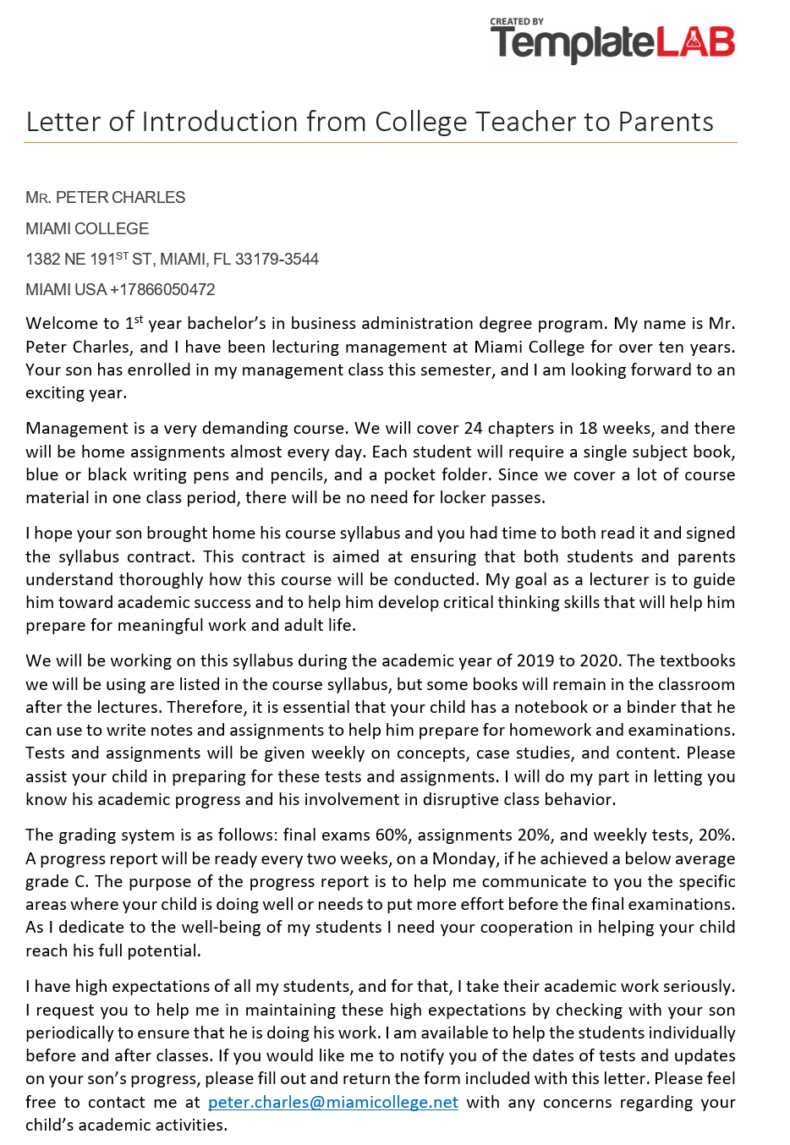
Engage parents by creating multiple ways for them to contribute to school activities. Whether it’s volunteering for events, assisting in the classroom, or participating in fundraising efforts, each role strengthens the connection between parents and the school community.
- Organize a sign-up sheet for classroom support and event planning, making it easy for parents to select areas that match their skills and schedules.
- Hold regular meetings where parents can discuss their ideas and offer feedback on school activities, making them feel heard and valued.
- Invite parents to share their professional expertise or hobbies with students through guest lectures or workshops, enriching the learning experience.
Be clear about the time commitment involved and create options that fit various schedules. Offering both short-term and long-term involvement allows parents to engage in a way that suits them best.
- Offer flexible volunteering hours to accommodate different schedules.
- Set up virtual meetings or activities to involve parents who may not be able to attend in person.
By providing clear, accessible, and varied opportunities for involvement, parents will feel more connected to the school, and their active participation will benefit the entire community.
Providing Contact Information for Easy Communication
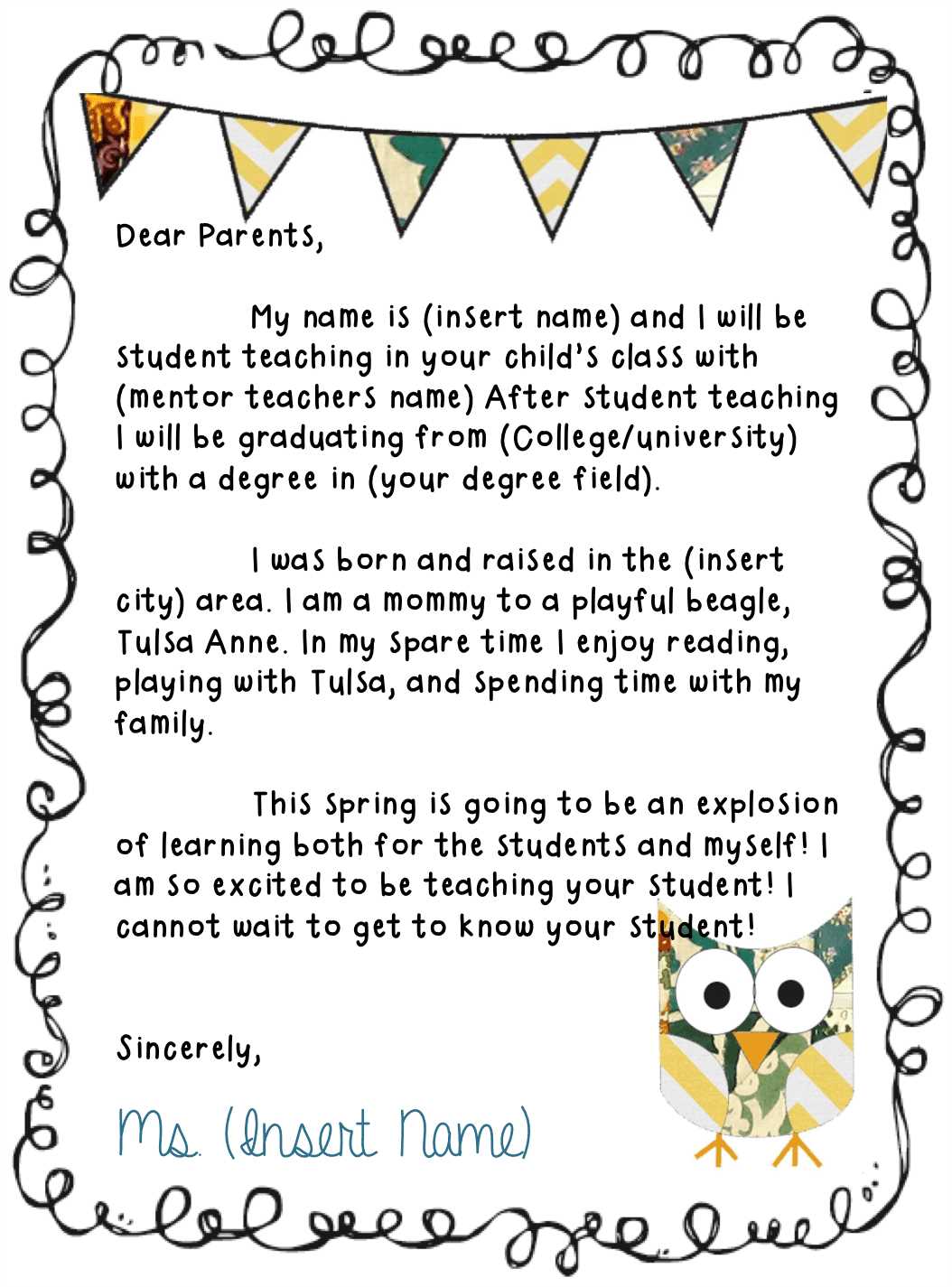
List multiple ways for parents to reach you, including email, phone number, or even messaging platforms like WhatsApp if appropriate. Ensure that the contact details are easy to find and clearly stated. Consider adding your availability times to avoid confusion about when you can respond. If there are preferred hours for communication, mention those. Additionally, offer a backup contact in case you’re unavailable. This helps keep the lines open and ensures prompt follow-up on urgent matters.
Be transparent about your response times. If you need time to get back to parents, let them know in advance. Transparency helps manage expectations and reduces unnecessary stress. If there are specific platforms you check more regularly, like email over text messages, let them know to streamline communication.
Lastly, assure parents that their concerns will be heard and taken seriously, but keep the tone friendly and accessible. This encourages them to reach out when necessary without hesitation.
Setting Expectations for Regular Updates
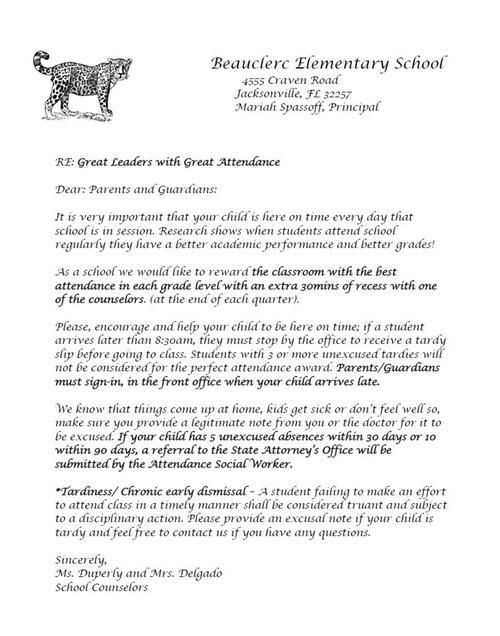
Establish a clear schedule for updates and stick to it. Decide whether you will send weekly, bi-weekly, or monthly emails, and communicate this timeline to parents upfront. This way, they know when to expect news and can plan accordingly. Include key details like important dates, volunteer needs, and any school-specific information in each update.
Be transparent about what will be covered in each update. Let parents know if you’ll be highlighting upcoming events, classroom activities, or special requests. Consistency in content will help build trust and clarity over time.
Consider using a dedicated email address or communication platform for these updates to streamline the process. This helps ensure parents can easily find and refer back to the information when needed. Keep your messages clear, concise, and focused on the most relevant details.
Avoid overwhelming parents with excessive information. Keep each update to the point and highlight the most time-sensitive or important matters. If something requires immediate action, make that clear right at the beginning of the message.
Closing with Gratitude and Enthusiasm
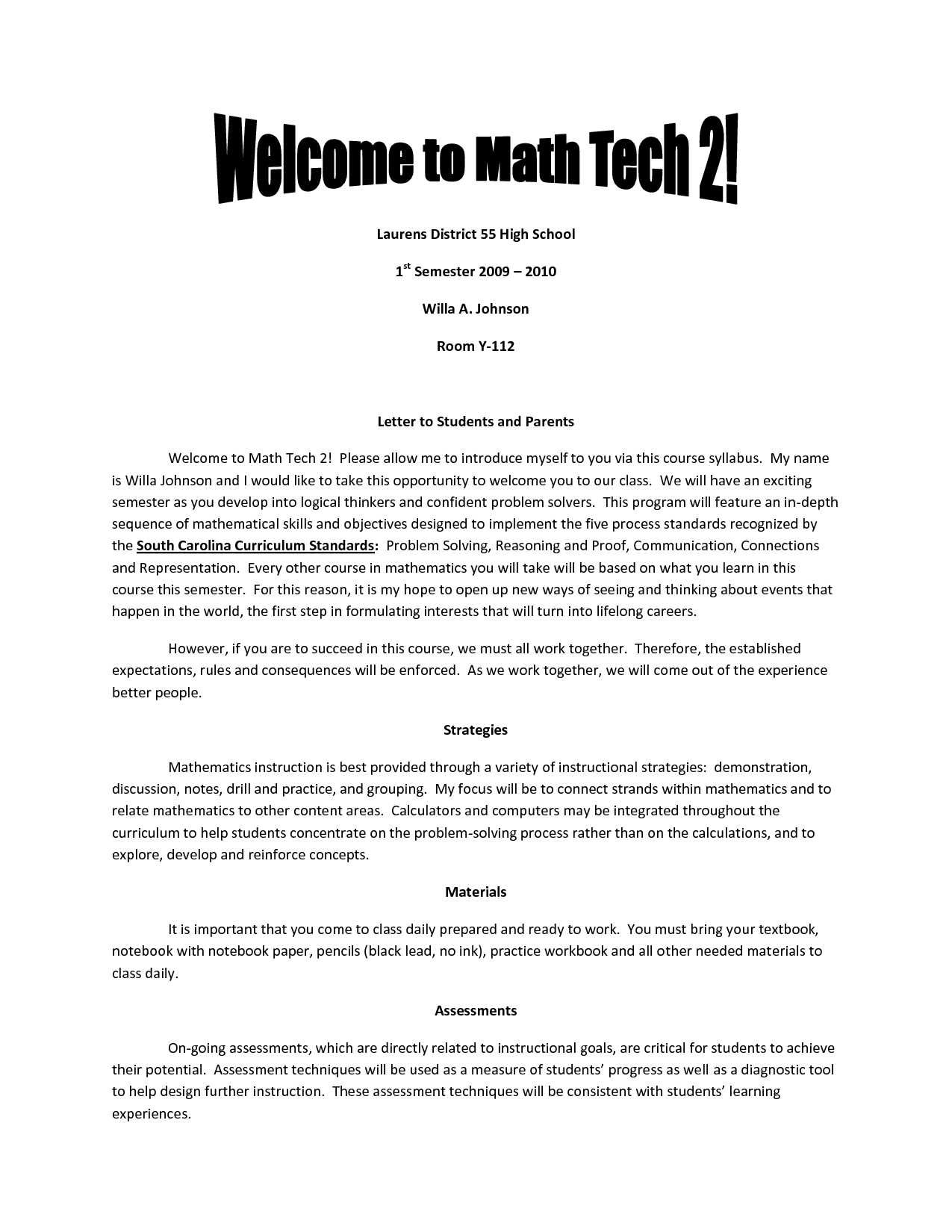
Express your appreciation to parents for their involvement and support. Highlight how much their participation means to you and the students, reinforcing the positive impact they will have on the classroom environment.
Use an enthusiastic tone to energize the parents about upcoming opportunities. Mention how their contributions can help create a rewarding experience for everyone, especially the children. Encourage them to reach out with any questions or ideas they might have, ensuring they feel heard and valued.
Close by emphasizing your excitement to collaborate with them throughout the year. Acknowledge that, together, you can build a strong community that will enrich the students’ educational journey.